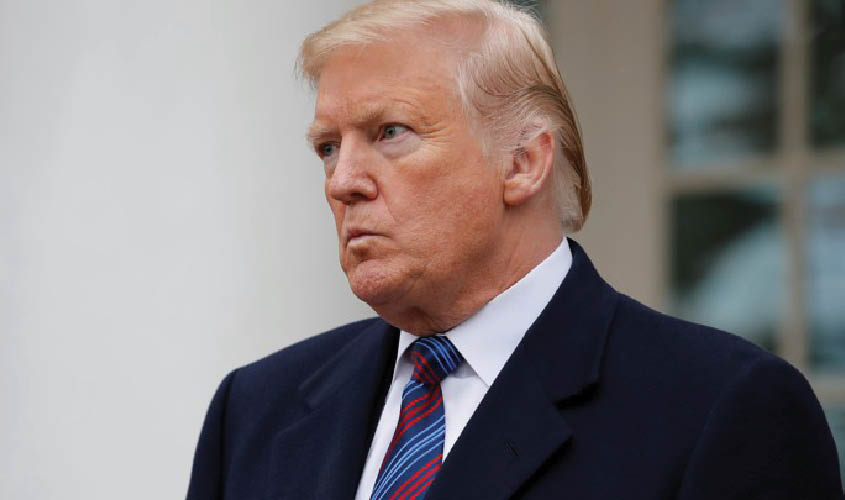Hopefully, Real Donald Trump will step forward and be the colour-blind unifier.
WASHINGTON: Consider an important difference between US and Indian history. In 1947, the Congress Party leadership troika of Mahatma Gandhi, Pandit Nehru and Sardar Patel surprisingly accepted the breaking away of a third of the territory of the country on the grounds of religion, although the Mahatma subsequently maintained that the separation was not based on religion but on unspecified other factors. Less than a century previously, newly-sworn in President of the United States, Abraham Lincoln refused to accept the secession of 7 of the 34 states of the Union, and began a war against the secessionists that lasted four years and four weeks, beginning in April 1861. More US troops (from both sides) died during that war than have been lost in every other war waged by the US. If the Congress Party leadership troika put up substantive resistance to the operationalising of the toxic Churchill-Jinnah plan to partition India, the same remains a secret. Lord Louis Mountbatten secured the assent of the Congress troika to the hugely destructive partition of India in record time, with even the Mahatma keeping silent rather than undertaking a fast unto death
Had Abraham Lincoln been as unwilling to resort to a just war in 1861 as the Congress Party troika was in 1947, had he kept silent as the Confederacy was created by slaveholders in the southern states of the US, the country would not have been the global power it became soon after the trauma and losses suffered during the civil war. The price of war was high, but the future rewards of unity were much higher. “If” is an interesting term in history, and it is less than certain that the politicians who took office as President of the US after the passing away of Franklin Roosevelt would have had the will to go ahead with a bloody conflict, had there been a secessionist bid during their tenures in office. The question seems wholly academic now, but may not be a decade from now, given the less than subtle efforts of many within Team Trump to “Make America White Again”. Even a casual visitor to the US senses a growing divide within the country. A divide that is based on race, on income and opportunity and that is based on beliefs. It is a matter of disappointment that Donald Trump, who is as feisty in the White House as he was in Trump Tower fighting back challenges to his real estate empire, appoints office-holders who have the same mindset as Stephen Miller, a Trump White House luminary who would clearly be delighted were 40% of the present US population to sail away to Asia, Africa and South America permanently. Sadly for Miller and others who owe fealty to such views, he was born about 90 years too late. The US that Miller and his clones are seeking to change is very different from what was the country then. Today, African-Americans (to take an example) are represented in newsrooms and on television in a manner that is far more pronounced than is the case with those of select historically disadvantaged societal groups in India, who in India remain substantially under-represented even in the “liberal” professions. In US boardrooms, in faculty clubs, as well as in several other institutions, the many of those present look very different from what a Stephen Miller wants a US citizen to look like. Whether through seeking to reduce the recorded population of states such as Texas, California and New York through changing census classifications or trying to push many whose ethnicity is not European into leaving the country, the present Republican Party leadership is battling a tide that is too swollen to hold back. Even with the help of a Senate majority guided by a Stephen Miller cast of mind, and a Supreme Court that is looking more like a Miller court with each new appointment, at most two more US Presidential elections can be won by such tactics. After that, the Republican Party will become too toxic to win back the White House in a generation. It is surprising why a US President at home in the liberal traditions of New York has allowed his administration to increasingly resemble that of Governor George Wallace of Alabama in the 1960s. Hopefully, the Real Donald Trump will step forward and be the colour-blind unifier that the times demand.

